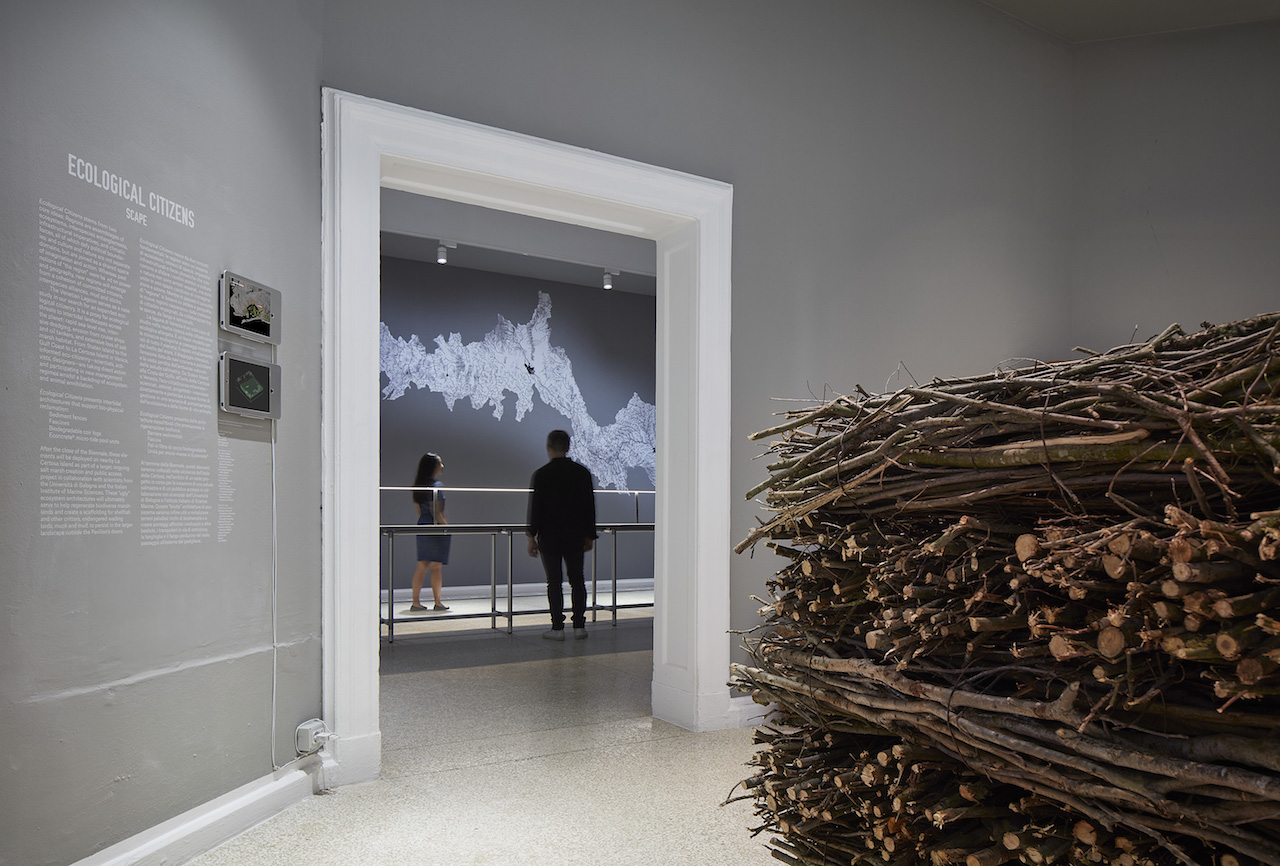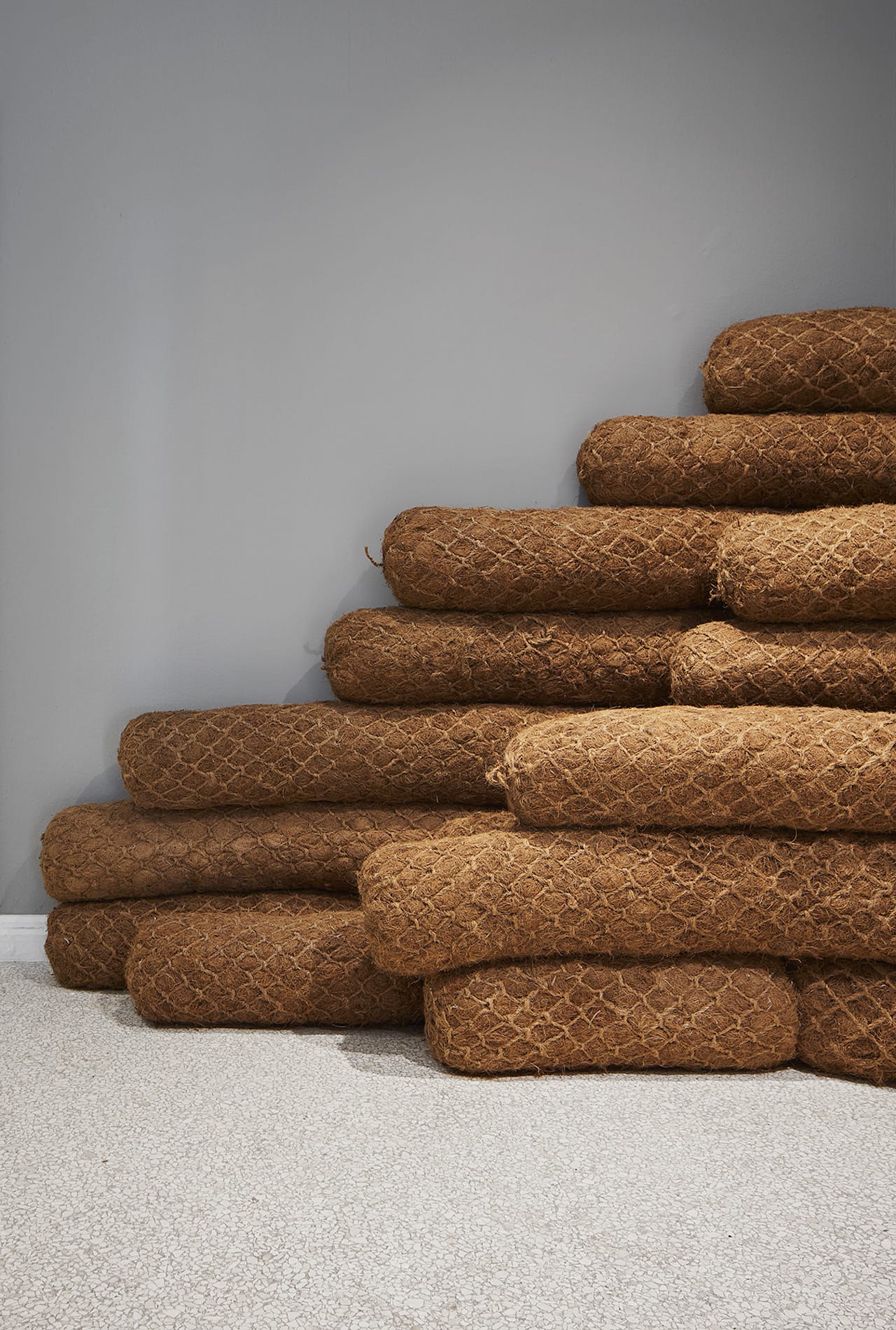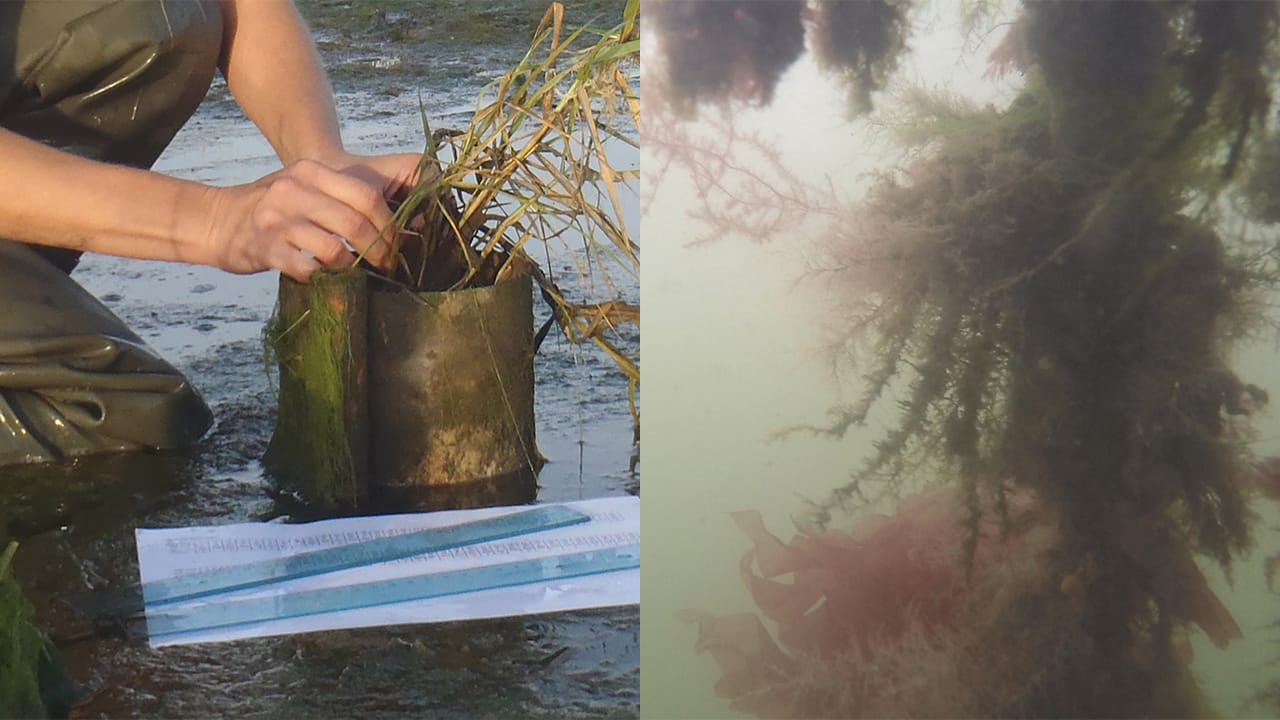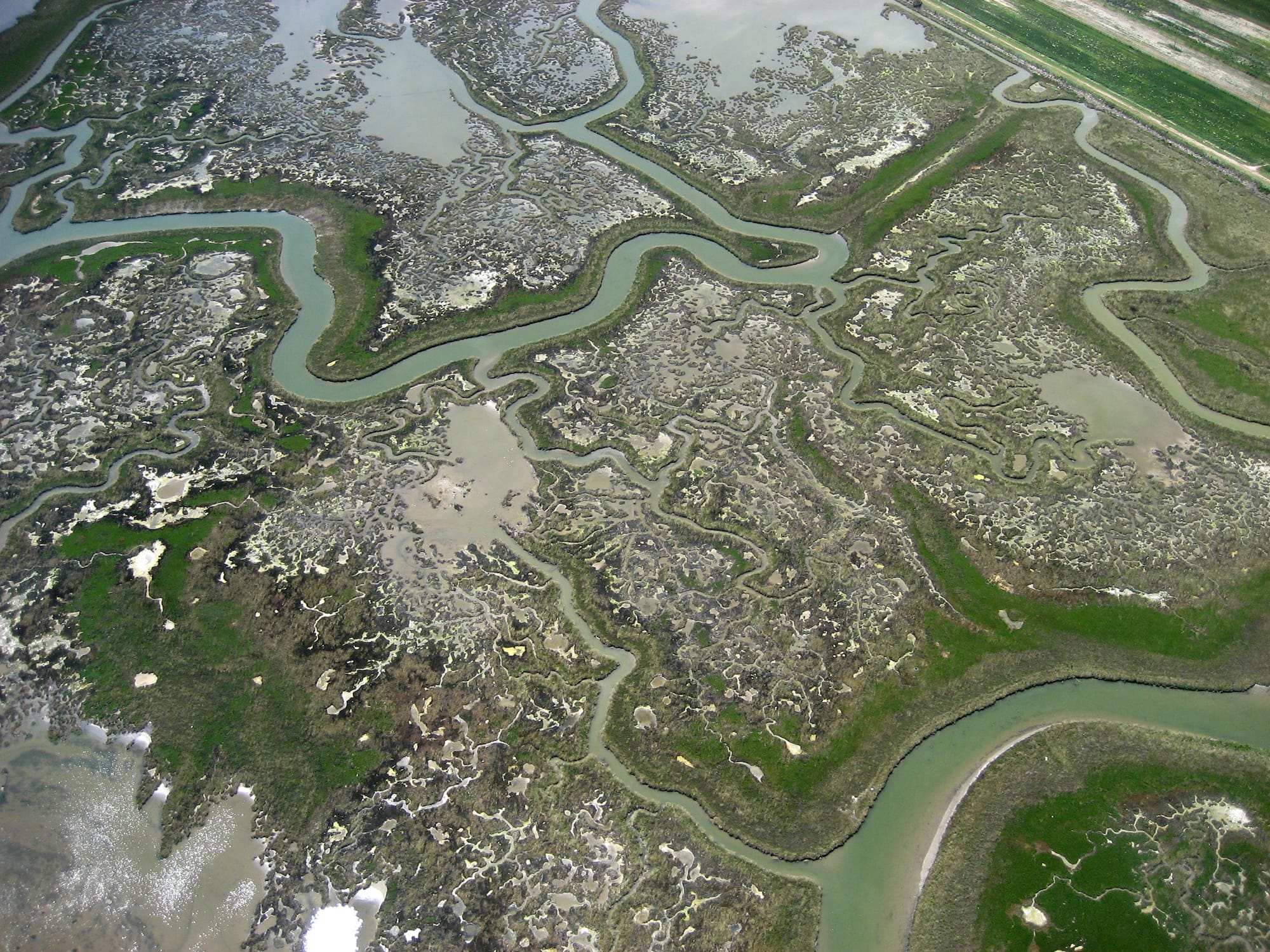SCAPE
Ecological Citizens

Ecological Citizens. Photo © Tom Harris. Courtesy of the School of the Art Institute and the University of Chicago.

Ecological Citizens. Photo © Tom Harris. Courtesy of the School of the Art Institute and the University of Chicago.

Ecological Citizens. Photo © Tom Harris. Courtesy of the School of the Art Institute and the University of Chicago.

Ecological Citizens. Photo © Tom Harris. Courtesy of the School of the Art Institute and the University of Chicago.
At the core of Ecological Citizens is the idea that regions are not fixed political boundaries but rather assemblages of ecosystems, interspecies entanglements, infrastructural imperatives, and climatic forces. The project does not assume that culture and nature are separate domains, but are joined as a shared space of imagination and action. If past notions of “the region” based on power and geography recede and are only fully understood by systemic, ecological collapse and the unwinding of social structures, new regions will emerge from a cohesion of committed citizens, interspecies alliances, mud, and sticks.

Left: Mussel spat fuzzy rope being installed by SCAPE, Gowanus Bay, NY. Right: View after installation with diverse biomass. © SCAPE Landscape Architecture

Left: Salt marsh planting unit, Venetian Lagoon, Italy. Right: Marsh planting by ecological citizens. © Joanne Wong Who and SCAPE Landscape Architecture
Now more than ever concepts of landscape are tied to practices of citizenship and engagement. Regions are becoming unbound, and the coil of interspecies interdependence is giving way to highly managed and stratified landscapes. Nowhere is this more apparent, and more critical, than at the shifting gradient between land and water—the intertidal zone—as sea levels rise rapidly and shoreline habitats, wetlands, and salt marshes vanish in front of our eyes. Broad-front systemic changes to climate policy, water quality improvement, and sediment management need to be matched by immediate and direct action by local ecosystem activists working to transform the physical landscape. Growing, planting, stacking, bundling, cultivating, stabilizing, shoring up, monitoring—this is the hard work of the ecological citizen. This is the landscape aesthetic of survival and the ethic of the future, a new cohesion of citizens and species.

Erosion control and salt marsh restoration project in the Venetian Lagoon. © Andrea Barbanti
The Venice lagoon serves as a globally significant case study in the need for an expanded ecological citizenry. It is a proxy for ecological threats to intertidal landscapes across the planet. From Staten Island to the Gulf Coast to La Certosa Island in Venice, informed eco-citizenry—scientists, activists, designers—are participating in new management regimes amidst a backdrop of ecosystem and animal annihilation.
Over centuries, the morphology of the Venetian Lagoon has been heavily modified for shipping, trade, and other economic purposes. Today, it is being shaped by the unintended consequences of wave action and erosion from cruise ships and oil tankers, all set against the realities of rapid sea-level rise. Salt marsh loss in the lagoon has been estimated at almost seventy-five percent since 1900.

Vanishing intertidal landscape, Venetian Lagoon. © Cinzia Tibolla
Ecological Citizens envisages the bio-physical reclamation of the disappearing salt marshes through an array of 1:1 materials of intertidal architecture. The exhibit foregrounds an operational landscape of sediment fences, fascines, biodegradable coir logs, and Econcrete® micro-tide pool units. These marsh rebuilding units are stored and displayed in the US Pavilion until the Biennale closes.
After the exhibition, the elements will be deployed on nearby La Certosa Island as part of a larger, ongoing salt marsh creation and public access project in collaboration with scientists from the Università di Bologna and the Italian Institute of Marine Sciences. The “ugly” ecosystem architecture contained in the US Pavilion will ultimately serve to help regenerate biodiverse marshlands and create a scaffolding for the shellfish and critters, endangered wading birds, muck and mud, to persist in the larger landscape outside the Pavilion’s doors, hence defining a role for an activist regional eco-citizenry.